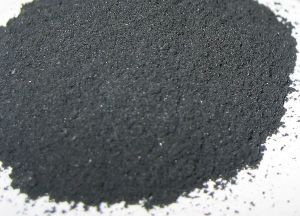
Surface area? What’s that? And how does it affect physical properties?
There are two similar words in the English language: absorption and adsorption. While they are related, they are at the same time distinctly separate. Absorption, simply put, is sucking into the interior or volume of something. Water, for instance, is sucked into the volume of a sponge. The water is held throughout the sponge.
Adsorption
Adsorption is a surface phenomenon. A substance that is adsorbed is adsorbed onto the surface. It does not enter into the interior or volume of the adsorbing agent. The difference in these physical processes determines the most efficient form the absorbing or adsorbing agent should assume.
Absorption
For absorption, the shape is unimportant. It is the volume that matters. In the case of adsorption, it is the surface area, not the volume that is important. The surface area needs to be maximized in order to increase efficiency of the adsorbing material. Let us consider the simplest way to ascertain what should be done with the adsorbing agent to maximize adsorption. Imagine a sphere…
The volume of a sphere, V, is written,
V = (4/3) π r3
The surface area is written,
S = 4 π r2
For a given volume, we want the surface area to be maximized. That maximizes the adsorption for the quantity of adsorbing agent we have on hand. Thus, V/S should be the smallest it can be for a sphere. Now,
V/S = (4/3) π r3 / 4 π r2
Thus,
V/S = (1/3) r
Surface Area – Deduction and Interpretation
This means that the smaller the r or radius of the sphere, the larger the surface area will be for a given volume of sphere material. This translates to read, the adsorbing agent should be the finest possible powder one can make from the adsorbing material.
Now you know why filters that adsorb contaminants are always cartridges containing powders.
Note: You might also enjoy How Much Does a Fly Hitting a Train Slow It Down?
References:
← Back to Math-Logic-Design
← Home